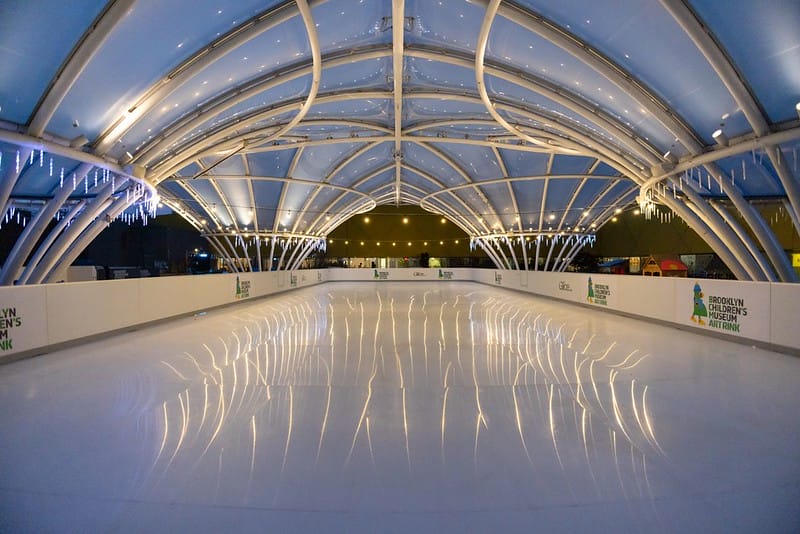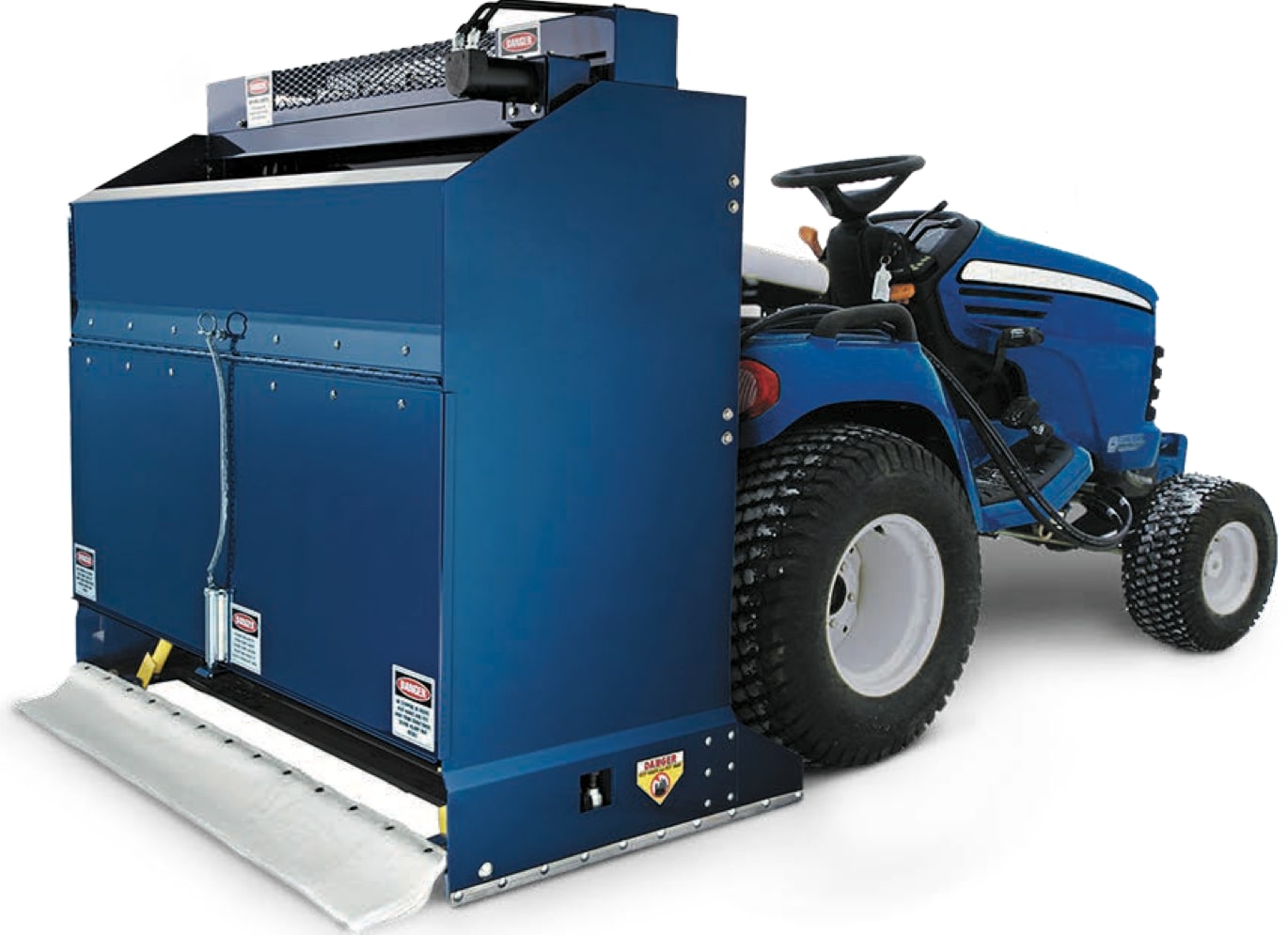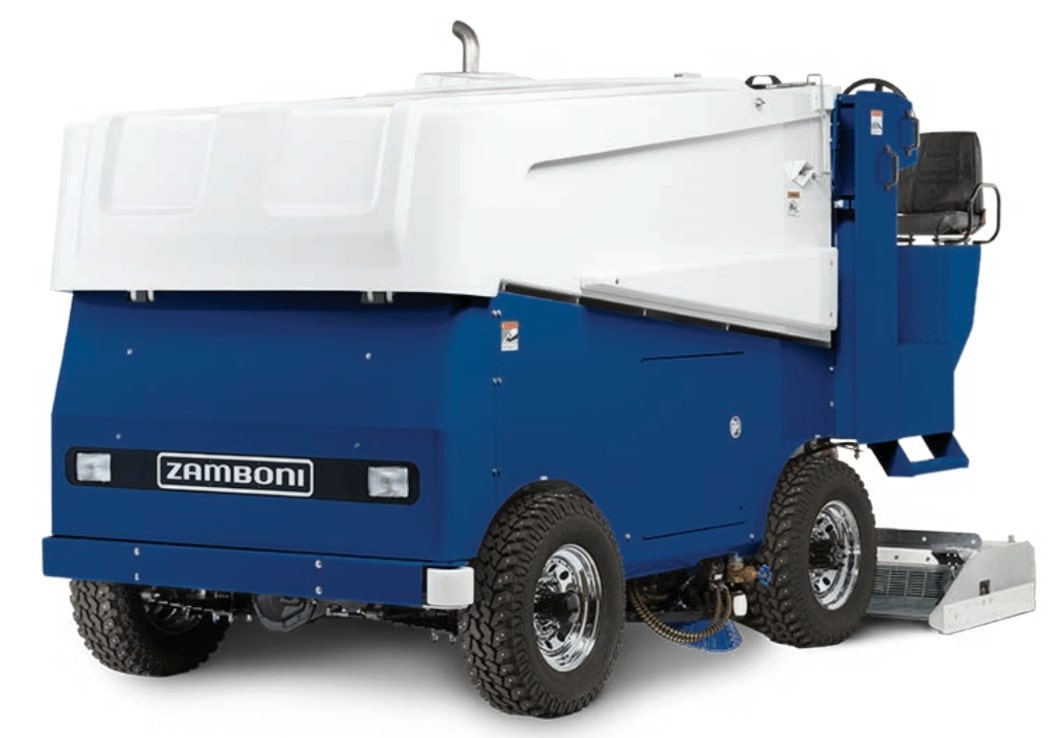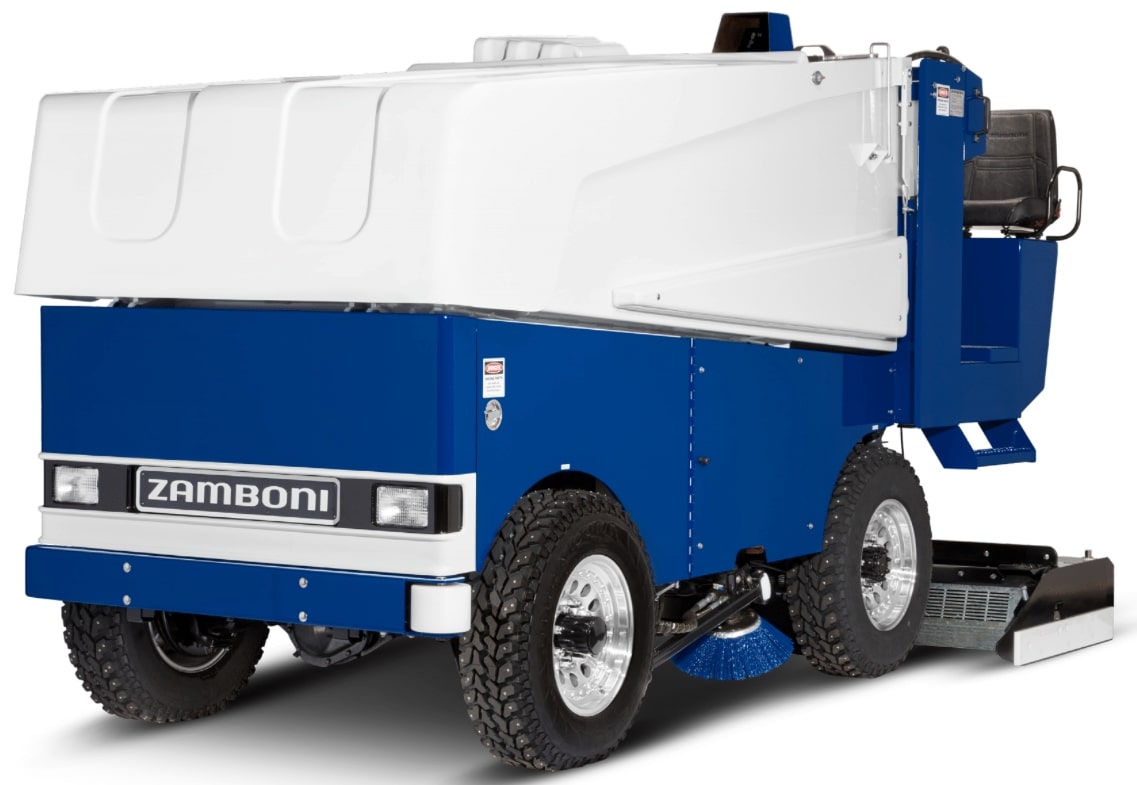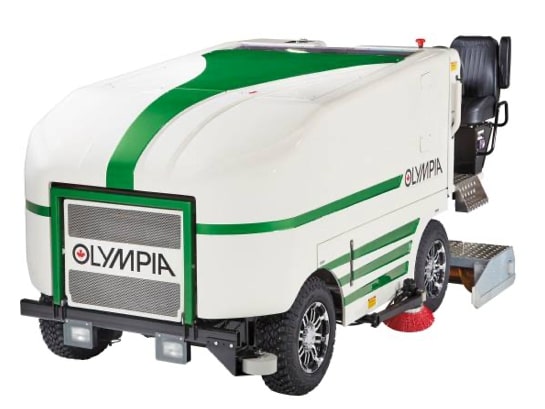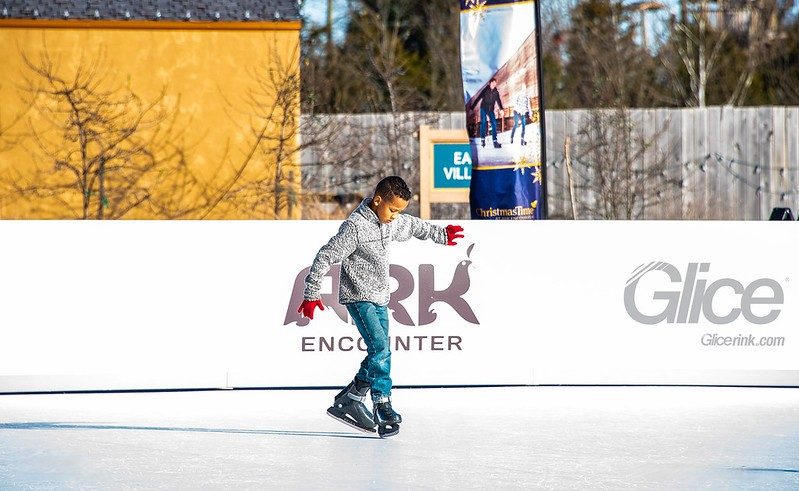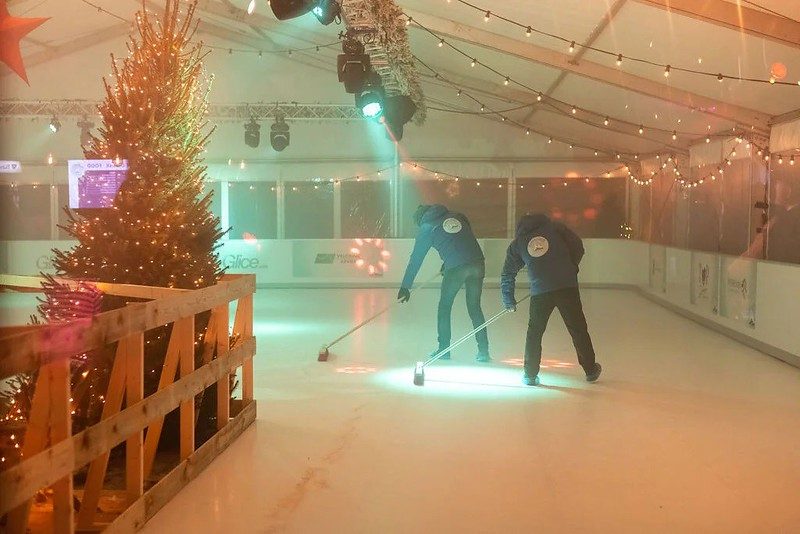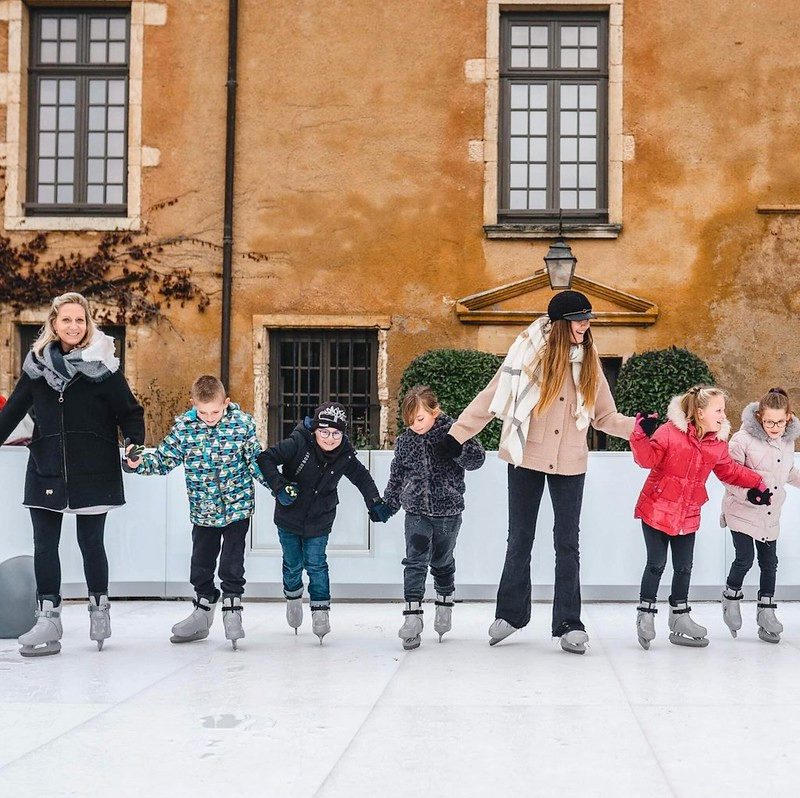For professional ice rinks, an ice resurfacing machine is a must. It ensures a smooth, fresh ice surface for optimal performance. That way, it creates an enjoyable space for skaters, hockey players, and figure skaters during the wintertime. But these ice resurfacers can be a pretty costly invention, which is why we have put together this blog. Let’s dig into the details and find out what your options are!
What is a Zamboni ice resurfacer, and how does it work?
Ice resurfacing machines are often referred to as Zambonis, a trademark for machines used to smooth the surface of ice. The first one was invented by Frank Zamboni in 1949. An ice resurfacer works on a precise and systematic process that ensures the ice is in optimal skating condition by smoothing out the ice. This is archived by shaving the top layer, removing imperfections, and applying a thin layer of hot water to create a seamless, even surface.
Cost of a Zamboni machine
Factors Influencing Zamboni Costs
There is a wide range of factors that influence the cost of Zamboni machines, including the size, model, features, condition (new or used), and geographic location. Generally, the larger models with greater capacities tend to be more expensive. Additionally, price can be influenced by the brand name and its market demand.
How much does a Zamboni machine cost?
According to their website, the costs of Zamboni machines vary greatly depending on the model size. The sizes depend on the needs of each ice arena. Prices can range from tens of thousands of dollars to over a million dollars. For instance, a compact Zamboni suitable for community rinks may cost around $50,000 to $100,000, while larger models used in professional arenas can range from $500,000 to over a million dollars.
Examples of Zamboni Models and Their Costs

Zamboni Model 100
- Made for small surfaces of up to 456 m2 (5,000 ft2)
- Attaches to a variety of tractors
- For complete resurfacing process (shaves ice, collects snow, distributes water for ice making)
- Water tank of 75,7 L (20 gallons)
- Size 0,76 x 1,3 x 1,3 m (30 x 51 x 51 in.)
- 122 cm blade (48 inches)
- Costs: up to $10,000 or more

Zamboni Model 700 Series
-
- Made for large, professional surfaces
- For complete resurfacing process (shaves ice, collects snow, distributes water for ice making)
- Water tank of 1514 L (400 gal.)
- Size 4,04 x 2,59 x 2,44 m (159 x 102 x 96 in.)
- 244 cm blade (96 inches)
- Costs: up to $200,000 or more

Zamboni Model 552AC Series
- Made for large surfaces of up to 1800 m2 (20,000 ft2)
- For complete resurfacing process (shaves ice, collects snow, distributes water for ice making)
- Water tank of 738,1 L (195 gal.)
- Size 4,04 x 2,13 x 2,26 m (159 x 84 x 89 in.
- 195 cm blade (77 inches)
- Costs: up to $250,000 or more
(Note: Prices are approximate and subject to change based on various factors.)
Other Ice Resurfacing Machines
The Zamboni brand tends to be the first choice, due to its brand recognition. They are known to be very efficient and reliant and therefore consumers tend to pay a higher price for their ice resurfacers. It is still recommendable to look into other options that are currently on the market. Competitors like Olympia and IceCat might even be more suited to cover your needs.
The Olympia machines, like the Millenium E, are made for large, professional rinks and can cost around $200,000 to $250,000.
Operating costs
Depending on the model you choose, the operating costs can vary. Beside the size and efficiency of the zamboni, there are also differences between electric and fuel-powered motors. Other factors are regional energy and water rates, maintenance needs and usage. These are the factors that should be considered when evaluating operating costs:
Energy Costs
Operating a Zamboni requires significant energy, primarily for running the engine, powering the resurfacing components, and maintaining the ice surface. This can include electricity or fuel costs, depending on the type of Zamboni. The energy consumption can range from several gallons of fuel per hour for fuel-powered Zambonis to significant electricity usage for electric models.
Water Costs
Traditional Zambonis use water to resurface the ice. The cost of water can vary based on local water rates and the amount of water used during the resurfacing process.
Maintenance Costs
Zambonis require regular maintenance to ensure they function efficiently. This includes routine inspections, oil changes, blade sharpening or replacement, repairs, and general upkeep. The frequency and cost of maintenance can vary based on the Zamboni model and usage intensity.
Labor Costs
Operating a Zamboni requires trained personnel. The labor cost associated with operating and maintaining a Zamboni should also be considered in the overall operational cost.
Depreciation and Amortization
As with any equipment, Zambonis have a depreciation factor over time. It’s essential to account for the depreciation and amortization of the Zamboni’s initial cost as part of the overall operational expenses.
Environmental Costs
While not a direct financial cost, there’s an environmental impact associated with using traditional Zambonis, including greenhouse gas emissions. Addressing this aspect may lead to additional costs associated with environmental initiatives or carbon offset programs.
It’s important to note that the exact operational cost can vary significantly based on the specific circumstances of each facility. Consulting with Zamboni dealers or industry professionals can provide more specific insights into operational costs.
Tips for Purchasing an Ice Resurfacing Machine
Consider the costs
The first step to making any big purchase is to define the budget. Be aware that buying a new ice resurfacer does not only include the initial purchase but also represents a long-term cost commitment. This includes factoring in potential financing options, depreciation rates, and operational costs over the machine’s lifespan. A well-structured budget ensures a sustainable investment that aligns with your financial capacity and facility goals.
Do your research
Ensure to make an informed decision when buying an ice resurfacer. Compare different Zamboni ice resurfacing machines and consider other brands. Depending on the size and usage of ice rinks, the fitted model, including its capabilities and features, varies. Compare specifications, performance, metric, fuel efficiency and environmental factors. You might also seek help from customer reviews and insights from industry professionals.

Synthetic Ice: A Cost-Efficient Alternative Eliminating Zamboni Expenses
If you want a long-term, cost-effective solution, synthetic ice might be the right solution. The ice-like surfaces have emerged over the past few years and provide a revolutionary alternative to refrigerated ice rinks. One significant advantage lies in the elimination of the need for Zambonis. Find out how synthetic ice provides an amazing choice financially and ultimately makes ice skating more accesible.
Zamboni-Free Maintenance
A primary financial advantage of synthetic ice is the absence of reliance on Zambonis for regular resurfacing. Unlike traditional ice rinks, where Zambonis are essential to maintain a smooth surface, synthetic ice requires minimal maintenance. Routine tasks like clearing debris and regular cleaning can be efficiently managed with simple, manual equipment. This reduction in machinery dependence translates to significant cost savings in terms of purchasing, operating, and maintaining ice resurfacing machines.

Lower Operational Costs
The operational costs associated with running a traditional ice rink are substantial, chiefly due to the energy consumption and fuel expenses incurred by Zambonis during ice resurfacing. With synthetic ice, these costs are drastically reduced since there’s no need for the energy-intensive process of melting and smoothing the ice surface. This translates to more manageable utility bills, contributing to the overall cost-effectiveness of the facility.
Minimal Water Usage and Environmental Benefits
Synthetic ice requires no water to maintain the surface, further diminishing operational costs and environmental impact. Traditional ice resurfacing with Zambonis involves the continuous use of water. By choosing synthetic ice, rink owners not only save on water bills but also contribute to water conservation efforts, aligning with sustainable and eco-friendly practices.
Durability and Long-Term Savings
Synthetic ice is designed to be highly durable and can withstand heavy usage over extended periods. Traditional ice surfaces, while offering a natural ice experience, can be vulnerable to damage and wear. The need for frequent resurfacing increases costs. Synthetic ice’s longevity and durability mean lower replacement and maintenance expenses, providing long-term financial benefits. Find out more of the benefits compared to traditional ice rinks here.
Increased Revenue Potential
The cost-efficiency of synthetic ice allows rink owners to reinvest saved resources towards enhancing the overall visitor experience. Lower operational costs can be directed into upgrading amenities, improving marketing efforts, or lowering admission fees, thereby attracting more customers and increasing revenue for the facility.

Conclusion
Owning a Zamboni is a significant investment, but its impact on the quality and safety of the ice surface is invaluable. Understanding the cost factors and carefully considering your options will help you to make an informed decision that aligns with your facility’s needs and budget.
Synthetic ice presents an appealing alternative to traditional ice rinks by eliminating the need for Zambonis and significantly reducing maintenance and operational costs. The financial benefits include lower utility bills, decreased water usage, and improved long-term cost-efficiency. By opting for synthetic ice, rink owners open doors to a more sustainable and budget-friendly approach while ensuring enjoyable skating experiences for all.
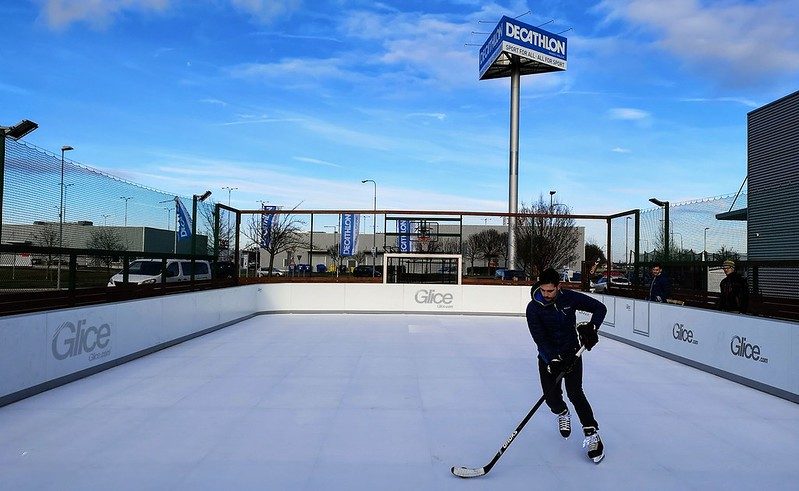
Disclaimer: Prices mentioned in this blog are approximate and may vary based on location, model specifications, and market conditions. For accurate pricing, it’s recommended to contact Zamboni or authorized dealers.

